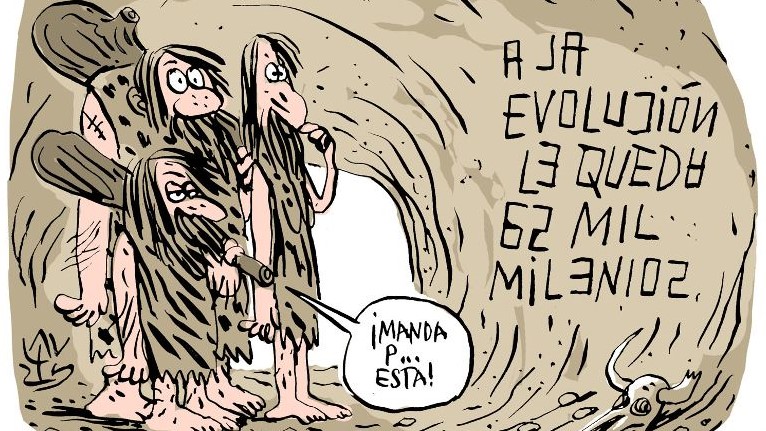
In their obsession with responding to “Patria y Vida”, the Cuban authorities continue to overwhelm the population with “songs” which, unlike Yotuel’s play, Gente de Zona, Descemer Bueno, Maykel Castillo (Osorbo) and El Funky, it causes them to repudiate and ridicule.
How far will the regime go in its desire to undo the criticism of a song that is now an anthem in Cuba? Apparently, so far, the government does not intend to skimp even to be ridiculous.
In addition to launching racist insults and disqualifications of all kinds against its performers, the Government has so far released three pieces of music in response to “Patria and Vida”: “Patria o muerte por la vida”, “Convicción” and “Patria y love ”.
The first is already a success of stupidity: the problem of Raúl Torres has become a virtual plebiscite around support for the regime on the YouTube channel of the official website Cubadebate. Four days after its premiere there and on official television, it exceeds 85,000 “I don’t like it” and only 6,300 “I like it”, with approximately 730,000 views.
“Because of such sounds, they have closed the US embassy in Cuba,” Aldo Hernández said ironically in one of the more than 32,000 comments left on the forum. Satirical memes are raining on the subject, and social media considerations about its content and video are very harsh.
The “Homeland or Death for Life” disaster even led Google to give it a flattering title. In a simple search under the terms “the worst song of 2021” and based on the number of negative votes on YouTube, the most used search engine in the world returns the theme, produced by the Cuban government.
Also, “Convicción”, by Reinaldo Echemendía Estrada, the director of the Camagüey Folk Ballet, produced in that territory and performed by local musicians, receives strong criticism.
“Homeland or death does not die, but announces the Empire for life that to die for the homeland is to live”, reads the lyrics of the song.
“How many songs do these people intend to make. Gentlemen, the documents are already finished,” Yaniel Armando Navarrete Blanco said on the forum of the YouTube channel of the Provincial Directorate of Culture in Camagüey, where he was uploaded.
“How sad to see those people there. Fulfilling a task. It shows in their eyes, I don’t see enthusiasm or feeling in these artists, I see an execution of the trade. I see a deep regret. Art must be provocative, convey life, It shouldn’t look like a morning newspaper. That looks like an open platform. Unhappy, “wrote visual artist Wilmar Verdecia.
Finally, “Patria şi Amor”, a video shared a week ago on its YouTube channel by Casa de la Decima de Mayabeque and performed by children, amazed internet users.
“You can’t fall below, manipulating innocent children. Where are the parents who allow them to use their children for this? They have ruined their future,” Yaima Triana lamented on the forum.
“My story is not a mercenary story, paid for with coins of pain. My story was written in the daily struggle, raising the flag of honor,” says the theme choir, written by Lázaro Palenzuela, and which reiterates the regime’s narrative to criminalize interpreters in “Patria and Life ”. It’s about 5,200 “I don’t like it” and it barely has three hundred “I like it”.
“At this rate, the government will destroy our eardrums. And they will blame Yotuel!” Israel Saavedra joked in one of the forums.
On the other hand, “Homeland and Life”, which has over 3 million views on YouTube, adds over 180,000 “likes” and about 6,100 “dislikes”.
The song, which calls for political change in Cuba, will be played in its entirety on Saturday on a motorcycle that will tour Miami to support the movement it has generated. And on the island, despite arrests, acts of rejection and vandalism against those who write “Homeland and Life” on the facades of their homes or sing it at full volume, the song is already a weapon of war for those who demand a change.